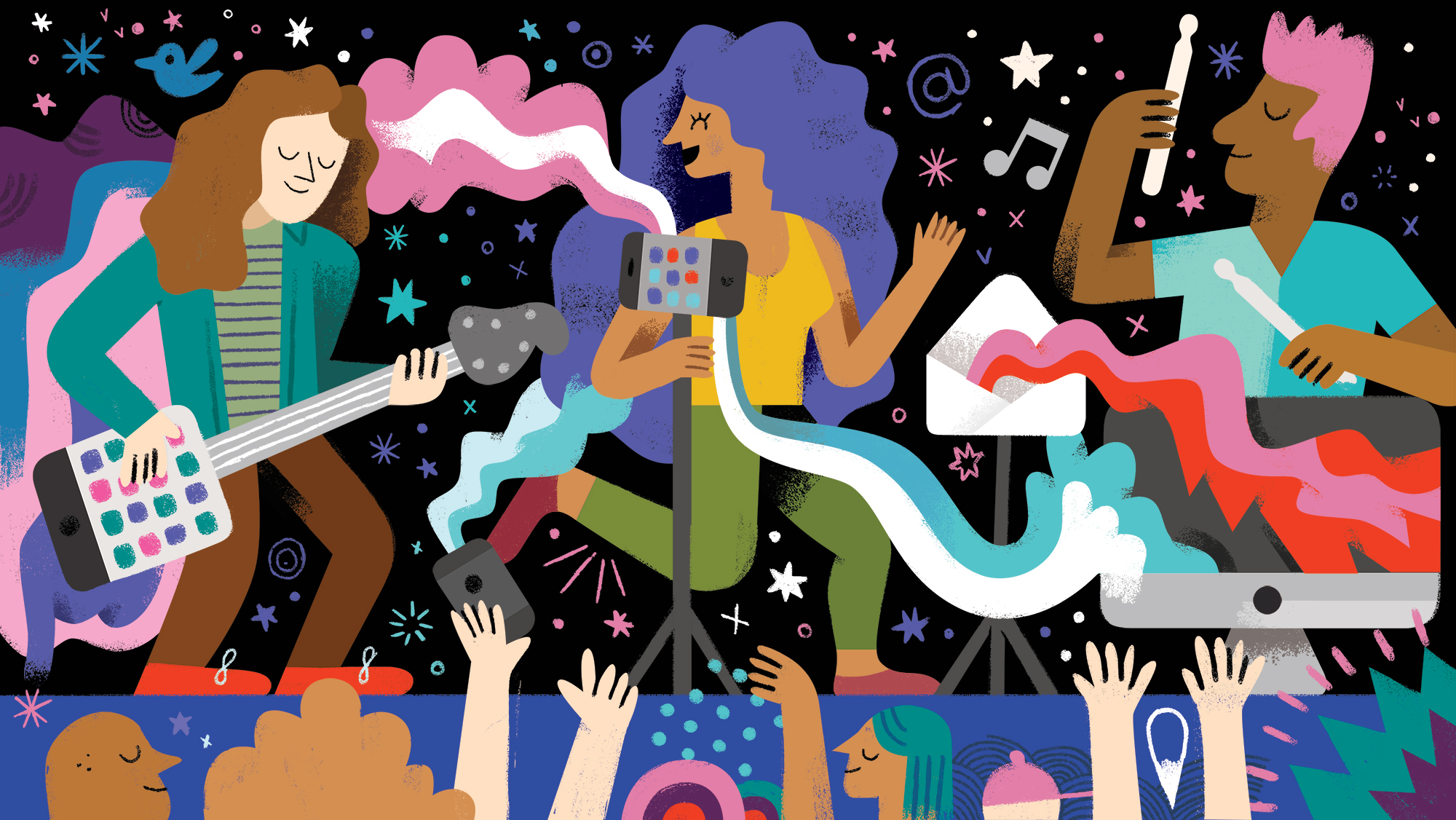In July of 2014, a prominent pop artist published an opinion piece in The Wall Street Journal that captured just how much the music industry had changed in recent years. Artists of the future, she pointed out, will “get record deals because they have fans—not the other way around.”
This point—that online fans now drive the industry—won’t come as a revelation to anyone who has paid attention to the music business lately. The days of a handful of big record labels controlling the entire industry through a few centralized marketing channels are long gone. Whether it’s mega stars or up-and-comers trying to establish their names, a key component of success is building a following on multiple digital channels and then turning those fans into lifelong customers.
For less famous artists with modest followings, it might be possible to glean valuable insights by carefully monitoring social feeds. But for major artists with millions of fans on Facebook, YouTube, Instagram, Twitter, Tumblr and other channels, the challenge is similar to the challenge the world’s top consumer brands face today: How do you devise a strategy with so much online data pouring in? Should artists be spending more resources on Twitter or Instagram? Are fans on one platform more likely to buy concert tickets than fans on another? Do YouTube views turn into song downloads?
As is the case with all major brands, major artists can only answer these questions with sophisticated software that makes it possible to “cross pollinate the data,” as JP Lespinasse, BET’s former senior director of social media, puts it. BET, like many other major brands, manages its cross-channel marketing with Adobe’s Marketing Cloud, and uses the data gathered to inform which promotions it runs and where it runs them.
To appreciate why software is critical to figuring out what works best in the music industry, imagine a major artist trying to plan a tour. A big star will have fans in every city, but figuring out where the most passionate fans live can require a careful analysis of social data across a diversity of platforms. Likewise, artists no longer need to look at downloads or plays as the only measures of a song’s success. If a song, or even a specific lyric, is generating a lot of online interactions, the artist can use that knowledge in promotions and also in deciding which songs to release next.
Mega artists are an interesting example because, for the most part, they manage their social media presences successfully. Not surprisingly, they pay a lot of attention to their enormous followings on social platforms—they’ll often count down the hours to a new album release with tweets or Instagram posts. But they aren’t focused on social simply for the sake of selling albums. They clearly appreciate that cross-channel marketing for a musician means carefully monitoring streaming and download platforms as well.
In a way, the rise of social media has been a great gift to brands and musicians alike. All the data they need to make smarter decisions is now free and readily available on the Internet. The trick is in taking advantage of it.









